Inpatient and outpatient are two of the most common approaches to addiction treatment. Both environments can be highly effective, yet they offer very different experiences. Inpatient is often seen as more intensive, with outpatient being viewed as the less invasive option. But there is far more to consider when choosing a treatment plan.
What do Inpatient and Outpatient Treatment Consist of?
Both inpatient and outpatient treatment can offer things like medication management, group and individual therapy, family therapy sessions, addiction education, and wellness exercises.
The main difference between inpatient and outpatient treatment is that inpatient treatment offers a more comprehensive live-in experience where the individual attends treatment programming throughout the day and then sleeps on the facility’s premises at night.
People attending outpatient treatment, on the other hand, visit the treatment center facilities during the day but continue living and sleeping at their own residence. This makes it less disruptive to the individual and their family’s daily life. When someone completes inpatient treatment, it’s not uncommon for them to transfer to an outpatient setting for continued structure in their recovery.
The Phases of Addiction Treatment
It’s important to remember that addiction treatment is offered in a continuum. Not everyone’s treatment follows the same path because the severity of addiction varies from person to person. Access to financial resources and health insurance, as well as other factors like pending legal issues may also determine what treatment method is right for someone. The following is a breakdown of the common phases of treatment:
Inpatient
- Detox: Inpatient treatment often begins with medical detoxification. Detox typically lasts seven to ten days, during which the individual’s withdrawal symptoms are monitored and treated by clinical staff.
- Clinical Stabilization: After detox, individuals often move to clinical stabilization. Typically lasting two to four weeks, this phase is less intensive than detox, but still offers comprehensive clinical services to ensure the individual stays healthy and stable through early recovery.
- Residential Care: Individuals who have become stable but still need a structured treatment environment can move to residential treatment. This level of care can continue for six months or more, gradually allowing the individual more freedom and less structure as they move back into daily life.
Outpatient
- Intensive Outpatient: Intensive outpatient programs provide comprehensive treatment services in a non-residential setting. Individuals receiving intensive outpatient may meet for several hours at a time up to seven days a week.
- Outpatient Treatment Programs (OTP): This environment offers individual, group, and family counseling while also dispensing medication to treat individuals with opioid use disorder.
- Traditional Outpatient: This is a slightly less rigorous form of outpatient treatment. Like residential treatment, standard outpatient treatment can be part of a long-term treatment plan that gradually becomes less structured as the individual becomes more stable in their recovery.
What are the Benefits of Inpatient Addiction Treatment?
The structured and comprehensive care provided by inpatient treatment gives people the opportunity to focus all their time and effort on their recovery. The inpatient experience separates individuals from environmental triggers and potentially toxic people, creating a physical barrier to substance use. People attending inpatient treatment also have greater access to clinical resources, making it especially helpful when experiencing post-acute withdrawal syndrome (PAWS).
What are the Benefits of Outpatient Addiction Treatment?
The less-structured environment offered by outpatient treatment is less disruptive and gives individuals more freedom when navigating their recovery. This allows them to continue pursuing positive endeavors in their life like working and attending school. Outpatient programs are also more affordable than inpatient programs.
Deciding Which Type of Addiction Treatment to Seek
Because everyone’s treatment needs are unique, there is no simple formula for determining the appropriate treatment pathway. That said, people struggling with severe substance use disorders are more likely to require comprehensive inpatient treatment to attain long-term recovery. The physical withdrawal symptoms associated with substances like opioids, benzodiazepines, and alcohol can not only be painful but dangerous to endure without medical supervision.
Still, some people faced with serious addiction issues may be intimidated by the concept of inpatient care. For people who are in need of intensive treatment but are only willing to attend outpatient treatment, some help is still better than none. Additionally, the outpatient setting can provide education and clinical interventions that can ease the individual’s ambivalence about change.
Getting Started on the Road to Recovery
Checking insurance coverage is a good starting point when looking into addiction treatment options. Individuals without insurance or in need of financial assistance can find care through state-funded public health initiatives by using resources like The Massachusetts Substance Use Helpline.
For those who are unsure about which treatment pathway to choose, reaching out to an addiction treatment clinician or intake specialist can be highly valuable. They can assess the situation and offer an informed recommendation.
While entering treatment may seem to some like an overwhelming commitment to make, it often serves as a crucial step in establishing long-term recovery.
If you or a loved one are struggling with addiction or co-occurring disorders, call the New England Recovery Center today at 1-877-MyRehab.










